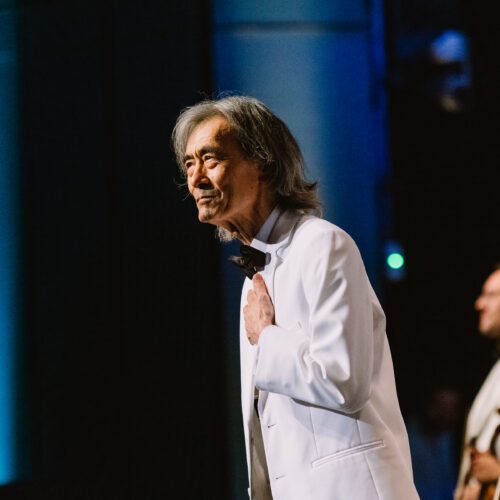La violoniste torontoise Leslie Ting est une artiste multidisciplinaire dont les productions font appel à la performance ou au théâtre et ont souvent un caractère immersif. Pas surprenant, donc, de trouver ici un disque qui offre un mixage stéréo des pièces, et un autre qui offre le même programme, mais en version binaurale. L’enregistrement binaural, qui cherche à reproduire le plus exactement possible la perception humaine du son, s’écoute au casque, et confère à la musique une profondeur qui lui donne beaucoup plus de présence que la « simple » stéréophonie.
Le programme s’ouvre sur deux des 15 mouvements de Dirt Road (2006), de Linda Catlin Smith. Le violon s’y fait lancinant, tenant sans arrêt la même note durant trois minutes dans le mouvement d’ouverture. La pièce suivante est improvisée par Ting et la percussionniste Germaine Liu, très dynamique. Dans Sandplay, cette dernière manipule une boîte remplie de sable qui est amplifiée et dont le signal est traité en direct par l’ingénieur du son Matt Smith (également responsable des mixages de l’album). Les deux pièces suivantes, pour violon solo et électroniques sont de Rose Bolton et de Julia Mermelstein, qui officient chacune « aux machines » dans leur pièce respective. Bolton utilise une grande variété de sons, jusqu’à des murmures ASMR, et ce violon solo pourrait bien être par moments au milieu d’un petit ensemble instrumental. Mermelstein place plutôt derrière le violon des nappes électroniques qui le soutiennent harmoniquement et l’emportent comme des vagues.
« What Brings You In? », c’est la phrase passe-partout du médecin en quête d’un diagnostic, et le concept de « thérapie » est au cœur de ce premier opus pour Leslie Ting. Très belle réalisation.
























